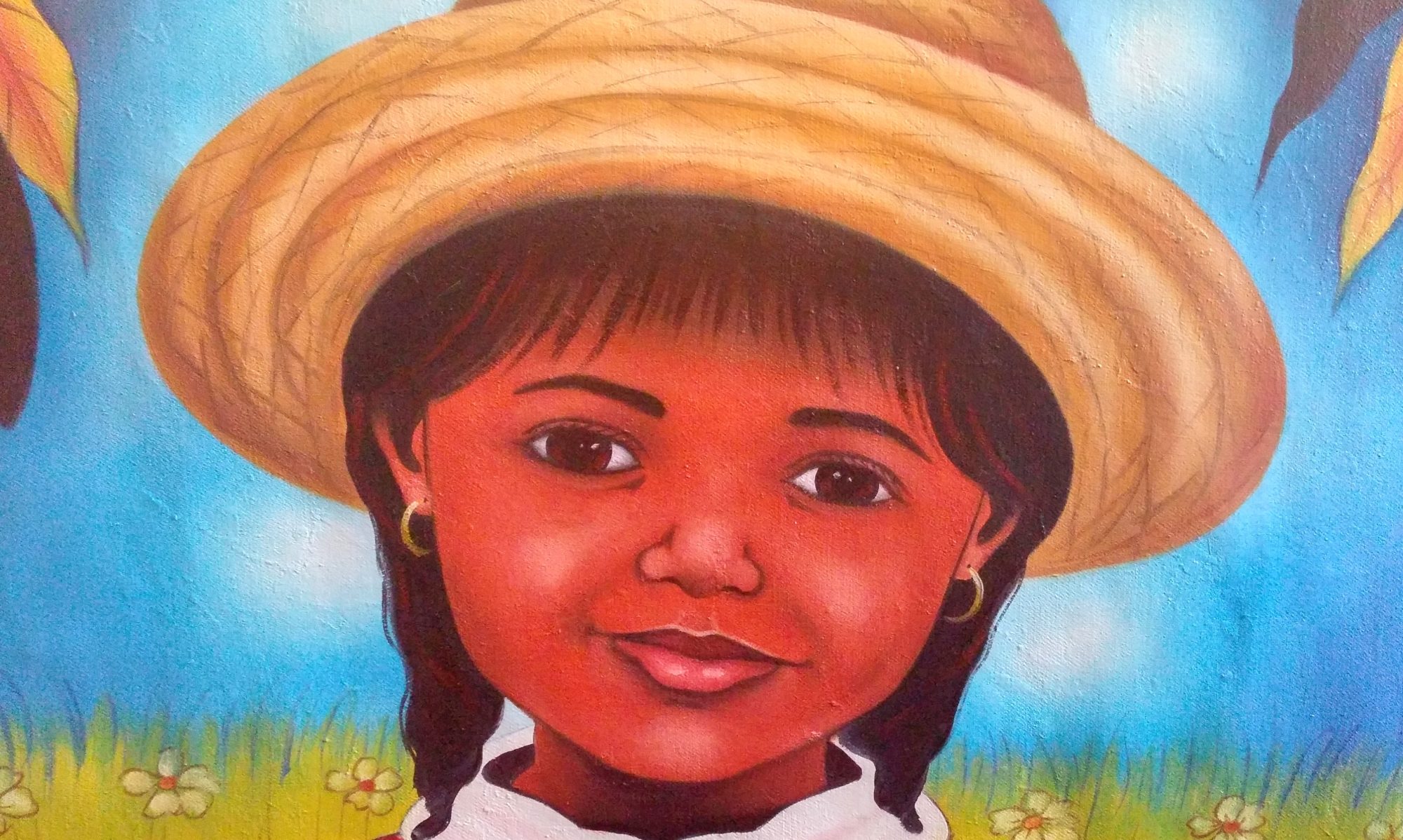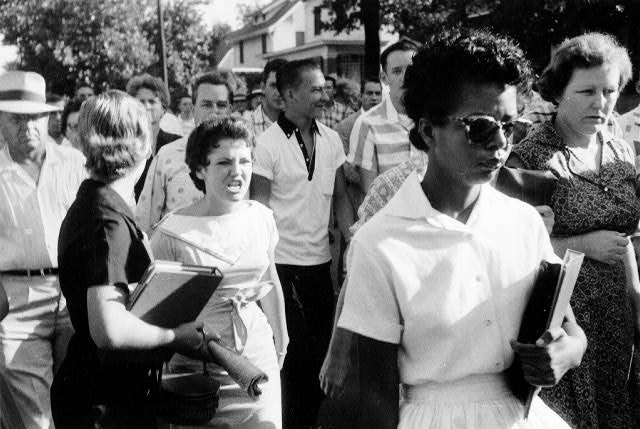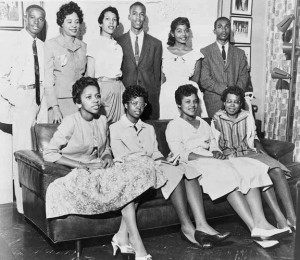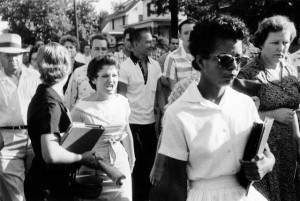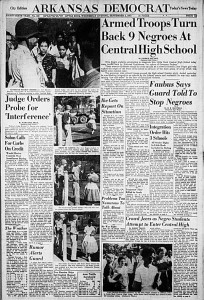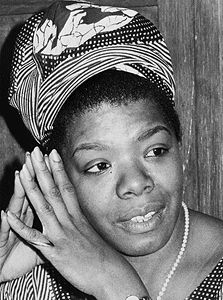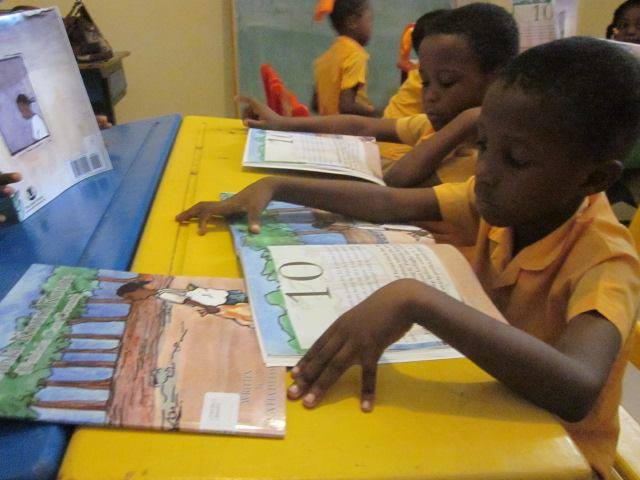 I love the International food store, even if I have to drive too many miles to reach it. I get plantains–my American husband is now better at frying them than I am. I find mangoes from Haiti, Peru, Pakistan, Guatemala, and elsewhere. I buy cinnamon from Greece, mint from Israel, rosemary from Palestine, cilantro from Costa Rica, pears from Korea, tomatillo from Mexico, and my favorite: thanh long, a tangy dragon fruit from beautiful Vietnam.
I love the International food store, even if I have to drive too many miles to reach it. I get plantains–my American husband is now better at frying them than I am. I find mangoes from Haiti, Peru, Pakistan, Guatemala, and elsewhere. I buy cinnamon from Greece, mint from Israel, rosemary from Palestine, cilantro from Costa Rica, pears from Korea, tomatillo from Mexico, and my favorite: thanh long, a tangy dragon fruit from beautiful Vietnam. 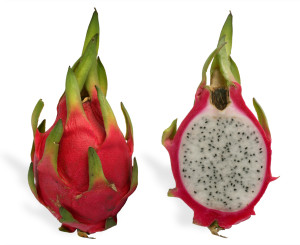 This International food store isn’t the sort of spot where you might wish to linger. It’s huge and untidy–like a bustling outdoor market. The customers speak myriad languages, but somehow we understand one another. (A little unsolicited advice: Avoid that store on Saturday mornings, unless you enjoy playing Ring Around the Rosy with other drivers in the tight parking lot). There’s no place to sit, sip a latte, and read your favorite newspaper inside the store. It’s a food market. They sell food. No Wi-Fi to help you stay connected to your online identity, just bins upon bins of savory treasures begging to be discovered. The best part: I can buy enough ingredients to create a number of my Chef-wannabe meals for under $50.00! Seriously.
This International food store isn’t the sort of spot where you might wish to linger. It’s huge and untidy–like a bustling outdoor market. The customers speak myriad languages, but somehow we understand one another. (A little unsolicited advice: Avoid that store on Saturday mornings, unless you enjoy playing Ring Around the Rosy with other drivers in the tight parking lot). There’s no place to sit, sip a latte, and read your favorite newspaper inside the store. It’s a food market. They sell food. No Wi-Fi to help you stay connected to your online identity, just bins upon bins of savory treasures begging to be discovered. The best part: I can buy enough ingredients to create a number of my Chef-wannabe meals for under $50.00! Seriously.
 One of very few characteristics which the international food store and the Safeway around the corner have in common is they both keep the shelves around the checkout lanes stacked with candy. Children from every country in the world speak the same language, when it comes to sweets. They fix their gaze on the thing they want, point all fingers toward it, salivate, and scream. Hunger and desire transcend language. The children continue to scream, until their adult capitulates. That one parent who dares utter an unequivocal no is the demon du jour. I was lucky my daughter didn’t care for candy.
One of very few characteristics which the international food store and the Safeway around the corner have in common is they both keep the shelves around the checkout lanes stacked with candy. Children from every country in the world speak the same language, when it comes to sweets. They fix their gaze on the thing they want, point all fingers toward it, salivate, and scream. Hunger and desire transcend language. The children continue to scream, until their adult capitulates. That one parent who dares utter an unequivocal no is the demon du jour. I was lucky my daughter didn’t care for candy.
 For other weary adults waiting to pay and dash to the next errand, management proffers Red Bull, Guarana, coffee, Ginseng, ginger beer, and my favorite: Cola Champagne.
For other weary adults waiting to pay and dash to the next errand, management proffers Red Bull, Guarana, coffee, Ginseng, ginger beer, and my favorite: Cola Champagne.
Whenever I see a bottle of Cola Champagne, I have to whisper The Serenity Prayer. Word in my family is that I nearly overdosed on the stuff as a infant. We owned a grocery store; there were cases and cases of Cola Champagne around every day. My dotting Papa, against my mother’s wishes, would put a little cola in my baby bottle–for flavor. “She loves it,” he would argue. I would laugh uncontrollably–so I was told. My mother didn’t find humor in any of it. I sided with my father, of course. As soon as he wasn’t around and someone tried to pry the half-cola half-milk baby bottle out of my mouth, I turned into a cross between Cujo and Regan MacNeil from The Exorcist. (My father doesn’t care for Cola Champagne anymore. I think I does pear juice now).
that I nearly overdosed on the stuff as a infant. We owned a grocery store; there were cases and cases of Cola Champagne around every day. My dotting Papa, against my mother’s wishes, would put a little cola in my baby bottle–for flavor. “She loves it,” he would argue. I would laugh uncontrollably–so I was told. My mother didn’t find humor in any of it. I sided with my father, of course. As soon as he wasn’t around and someone tried to pry the half-cola half-milk baby bottle out of my mouth, I turned into a cross between Cujo and Regan MacNeil from The Exorcist. (My father doesn’t care for Cola Champagne anymore. I think I does pear juice now).
 Here I am now, saying hello to the cashier while placing item after item on the belt. My throat is dry. Seeing those bottles of Cola Champagne puts all kinds of thoughts in my head.
Here I am now, saying hello to the cashier while placing item after item on the belt. My throat is dry. Seeing those bottles of Cola Champagne puts all kinds of thoughts in my head.
I notice a bottle of something called Fizzy Sorrel Drink next to the Cola Champagne. Fizzy Sorrel Drink looks good and cold. I place one on the belt–I would try it. Just in case, I would require an antidote, I picked up a bottle of Cola Champagne. Ok. I bought two.
As soon as I leave the store, I open my bottle of Fizzy Sorrell Drink and take a long swig. I see something else on the label. It’s a French translation: “Boisson à L’oseille.” And just like that, the universe shifted.
L’oseille. Sorrel. Lozèy! Elementary, my dear Watson. I solved a great mystery. Finally!
 A Haitian woman who will soon celebrate a century of living is known for exclaiming, “Se lozèy!” at those moments when someone else might shout “Wow!” or “Get outta here!” or “Fantastic!” or my mother’s favorite: “Quelle Merveille!” The phrase became associated with the soon to be 100 year old the way “This is the big one, Elizabeth!” is associated with Fred Sanford; the way that “Damn, damn, damn!” belongs to Florida Evans, and “Yabba Dabba Doo!” is Fred Flinstone’s alone.
A Haitian woman who will soon celebrate a century of living is known for exclaiming, “Se lozèy!” at those moments when someone else might shout “Wow!” or “Get outta here!” or “Fantastic!” or my mother’s favorite: “Quelle Merveille!” The phrase became associated with the soon to be 100 year old the way “This is the big one, Elizabeth!” is associated with Fred Sanford; the way that “Damn, damn, damn!” belongs to Florida Evans, and “Yabba Dabba Doo!” is Fred Flinstone’s alone.
“Se lozèy!” Finally, I know what it means. Yay me!
Not quite.
I always worry that the elderly is being left out of the “Build Haiti Back Better” campaign. Our granmoun are the backbone and cornerstone of society. Women like my grandmother who passed away April 2, 2012, carry volumes of history books inside their heads. Once they’re gone, mountains of treasure go with them. That’s something to worry about, when you consider that the majority of people now living in Haiti is under 30 years old. I guess this makes 50 the new 90. Scary. I would consider myself beyond fortunate to have a genuine 90 year old explain life to me, based on experience.
 Stumped. I call my Mother. She’s considerably younger than 90, but she is wise and wonderful. Thank God! The woman carries so much information in her head, you’d think she had a computer for a brain. Yes, we all have computers in our heads; the difference is my mother knows the password to hers and has mastered enough of its functions to be able to stand on her own feet today.
Stumped. I call my Mother. She’s considerably younger than 90, but she is wise and wonderful. Thank God! The woman carries so much information in her head, you’d think she had a computer for a brain. Yes, we all have computers in our heads; the difference is my mother knows the password to hers and has mastered enough of its functions to be able to stand on her own feet today.
“Alo, D—” she says.
After the preliminaries, I tell her about Fizzy Sorrel Drink.
“Did you drink it?” she wants to know.
I don’t answer. I already know what she’ll say.
 “Don’t swallow things just because you’re curious about the taste. If you see somebody jump from a bridge, would you jump too– just to see what it’s like? What is this sorrel? Never heard of it. I hope you didn’t ingest it.”
“Don’t swallow things just because you’re curious about the taste. If you see somebody jump from a bridge, would you jump too– just to see what it’s like? What is this sorrel? Never heard of it. I hope you didn’t ingest it.”
I don’t mention the Malbec. Forget about that pamplemousse, ginger, and rum potion I discovered in Haiti recently. I continue: “The label says Fizzy Sorrel Drink is Boisson à l’oseille. That ‘s French for lozèy, right?”
Mother dear sounds a bit annoyed, as if to say: “How can you not know what lozèy is? Didn’t I teach you anything at all?”
“Sure you did, Ma.” It’s just that I’ve forgotten the password for my own brain computer, and can’t reset it until you tell me what lozèy is.
“It’s a plant that grows wild in Haiti. If you want to make the kind of soup that will keep your family around the dinner table, put some lozèy in it.”
“Is lozèy some sort of magic or medicinal plant?”
 “It has medicinal properties.” She listed various ailments lozèy has cured throughout the generations, and then said: “As for magic, lozèy could probably draw enough flavor out of a grain of sand to make your taste buds dance konpa for hours. That’s what lozèy does. It wakes up your food. If you want to know about herbs and spices, start and finish with lozèy.”
“It has medicinal properties.” She listed various ailments lozèy has cured throughout the generations, and then said: “As for magic, lozèy could probably draw enough flavor out of a grain of sand to make your taste buds dance konpa for hours. That’s what lozèy does. It wakes up your food. If you want to know about herbs and spices, start and finish with lozèy.”
“Food is like an unlit candle, until you put Sorrel or lozèy or l’oseille in it.”
“Lozèy is like the match you need to light the candle. Back in Haiti, it grew like weeds. Now, you probably have to go to an international food store to get a few leaves.”
My mother is right, but as a gardener known for her green thumb, I know what I will plant this summer. Wish me luck.
